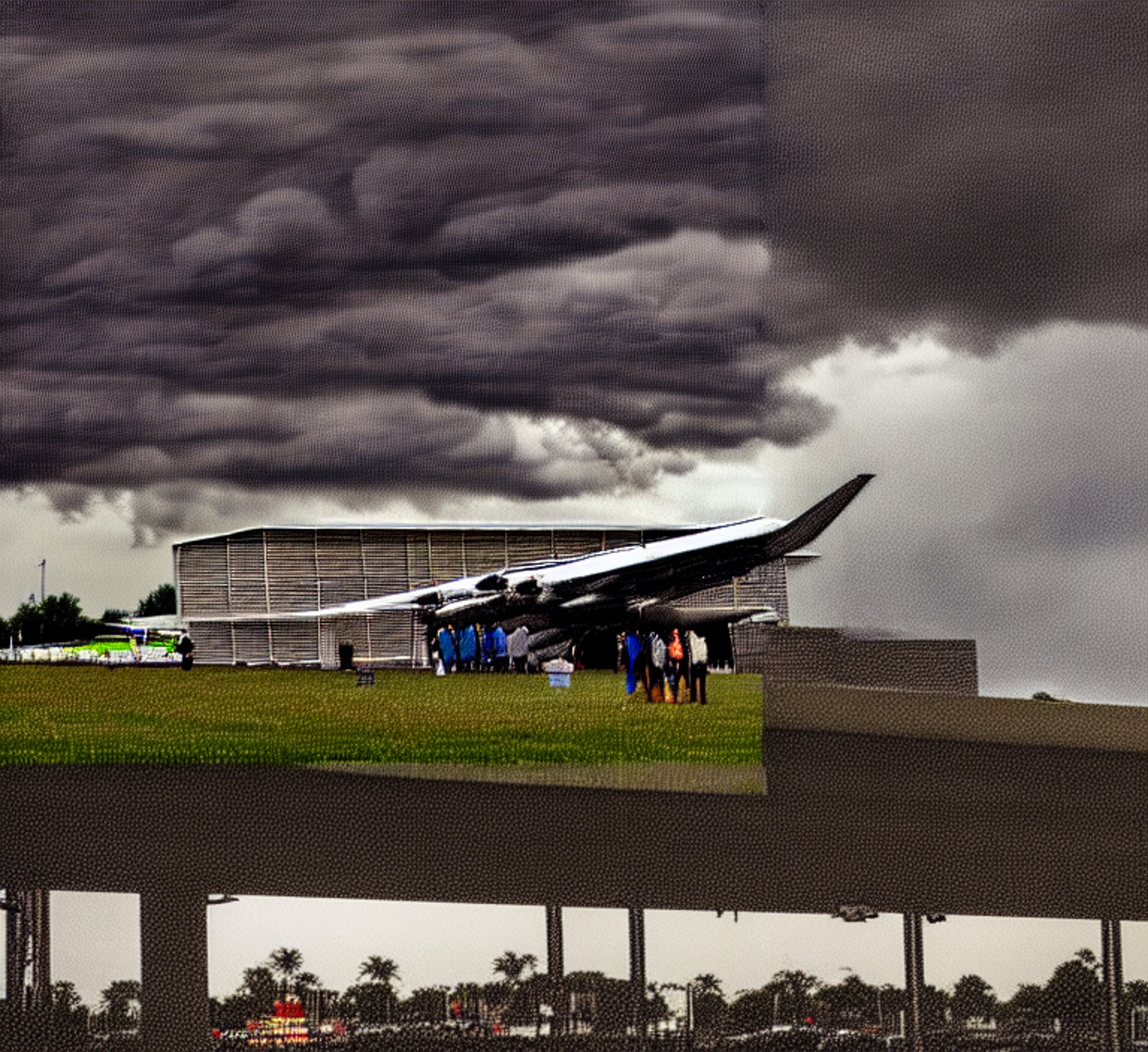In the second installment of Land, Art; a column devoted to the aggressive advance of climate change and the relationship of climate and art, Àngels Miralda questions art fairs expansions to the detriment of the environment after digital solutions have already been developed.
New fairs continue to pop up demanding increased carbon-footprints from gallerists and collectors despite the art market’s existing digital solutions.
Increased flying means increased carbon footprints for the fair-hopping gallerists and collectors on the intercontinental circuit. Many artists around the world tackle climate change with their works, unfortunately this campaigning has not had the desired effect on reducing the art world’s mileage. Two years ago, another event produced the art world’s “grounding.” The global pandemic confined anyone who was not an essential worker—eliminating the art world’s mobility.
The pandemic proved that it is possible to significantly reduce carbon emissions through political policy as a worldwide response, but also that art fairs and the art market can adapt to travel-free conditions. In 2020, Art Basel began providing entirely online viewing platforms that expanded the possibilities of who or what could be shown in an art fair.
Frieze similarly augmented their digital services with viewing rooms and online accounts.
Audiences significantly diversified in 2020 with reports adding many under 40 year-olds to its list of new users.
Auction houses have been particularly adept to the digital shift premiering live-stream auctions and expanding their social media usage.

Flash forward to September 2022: The art world checks out of the Grand Hyatt in Seoul; Flight tickets to LA, Shanghai, New York, and Paris are printed and ready in the hotel-room key slots on the ground-floor lobby; The taxis wait outside to ferry individuals one-by-one to Incheon—Korea’s largest International Airport. Outside, the rain is battering down as super-typhoon Hinnamnore coincides with the tail-end of Frieze’s inaugural Seoul Art Fair. At this first edition, 110 galleries participated from around the world meaning that many more gallerists, staff, and artworks were transported to Korea.4 A dedicated focus on local established and emerging galleries is a welcome reminder of why so many are interested in travelling so far in the first place—being in a place itself is what cannot be emulated in online spheres.

The result however, is an increase in culture’s carbon footprint that contributes towards climate tipping points. A super-charged typhoon that had previously wreaked havoc in the Philippines, Taiwan, and Japan, approached Korea with climate-change fueled super-force over warmer-than-average Pacific waters. Despite mother nature’s calls for action, which are growing in frequency and intensity, the art world seems set on further expansion, travel, and a return to the petro-culture and fossil-fuel-addiction that characterises the upper echelon of the art-world’s hyper-mobile elite.
Two global fairs, Frieze, and Basel, are competing to take over the international art market, but their relentless expansion is taking place on a damaged planet that is asking for a reduction of flights rather than an increase. In this context we ask: are new international fairs necessary? With a plunging British Pound, Frieze London is counting on their intercontinental US-buyers to hit the tarmac and head across the pond—at the cost of the planet’s future.
While fairs initially responded to the pandemic by offering digital solutions to those conditions, we are now back to business as usual. But as an uncertain environmental future hurtles towards us, the question is—for how long?